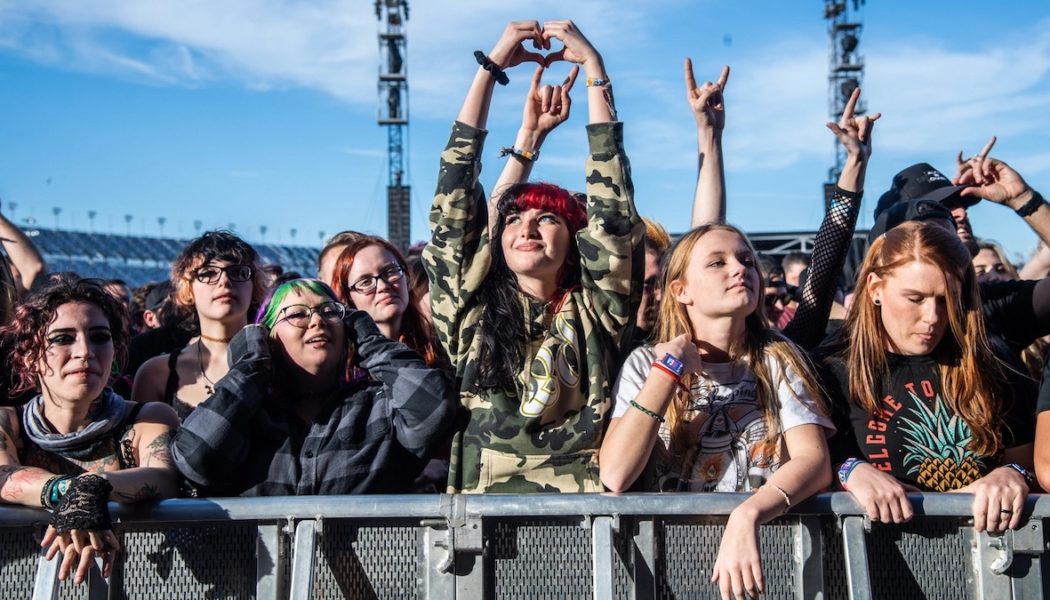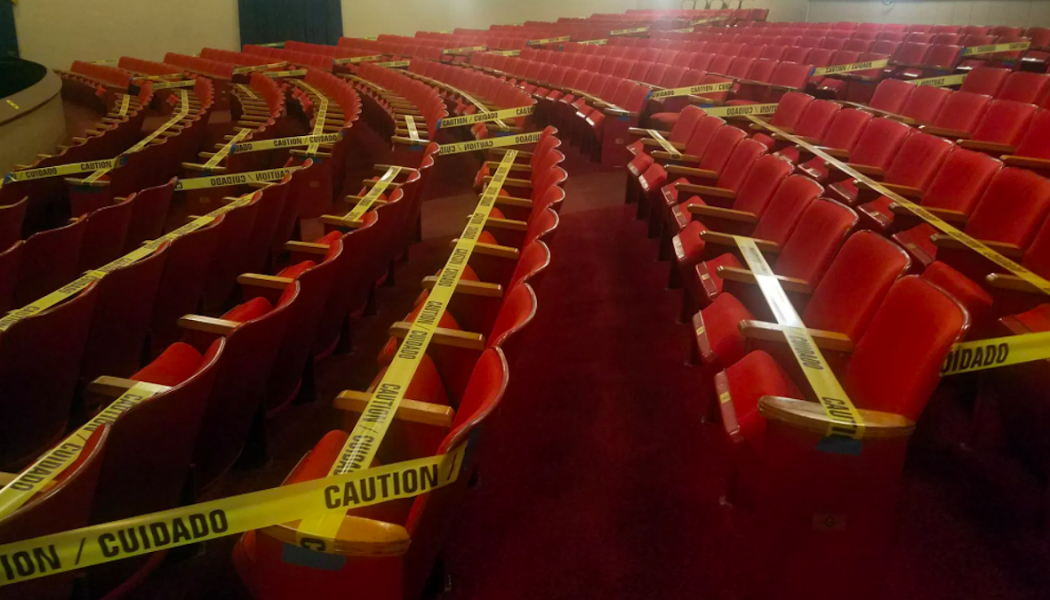Research Study
New Study Warns Over 1 Billion Young People at Risk of Hearing Loss Due to Unsafe Music Exposure
The way young people are listening to music, whether at home or at a concert, can potentially result in wide-scale hearing loss across the globe. According to a new study, a range of 670 million to 1.35 billion teens and young adults are currently in danger of losing their hearing due to unsafe listening practices. The study, published by the BMJ Global Health Journal, is titled “Prevalence and Global Estimates of Unsafe Listening Practices in Adolescents and Young Adults: A Systematic Review and Meta-Analysis.” It researched the effects of listening to music through personal listening devices (via headphones and earbuds) and attending live shows at entertainment venues such as arenas, theaters, and bars. The new research basically looked at 33 existing studies that compiled data from 35 r...
South Africa signs J&J vaccine deal, eases restrictions
South Africa has signed an agreement with Johnson & Johnson to secure 11 million COVID-19 vaccine doses and will ease restrictions due to a decline in new cases, President Cyril Ramaphosa said on Sunday. South Africa has been the hardest-hit on the continent by the pandemic, recording almost half of the COVID-19 deaths and more than a third of reported infections. But daily cases have fallen below 2,000, from a peak above 20,000 last month during a second wave of infections. Ramaphosa said in a televised address that 2.8 million of the J&J doses would be delivered in the second quarter, with the rest spread throughout the year. South Africa started administering the single-dose J&J vaccine this month in a research study targeting healthcare workers but has not yet rolled out sh...
German COVID-19 Study Suggests Safe Indoor Concerts Are Theoretically (But Probably Not Actually) Possible *
Under conditions that may never be replicated in the real world, German scientists have found that safe indoor concerts are technically possible during the COVID-19 pandemic. First, the good news. In August, researchers at Martin Luther University Halle-Wittenberg held a concert at Leipzig’s Quarterback Immobilien Arena. Using contact tracing devices and computer modeling, the scientists studied a group of 1,400 volunteers for 10 hours across three different simulated scenarios. In the first, there was no social distancing (this went badly), the second involved moderate social distancing (checkerboard seating, which went much better), and in the third go-round, pairs of people were seated 1.5 meters apart from their nearest neighbors, which produced excellent results. Researchers used fog ...





